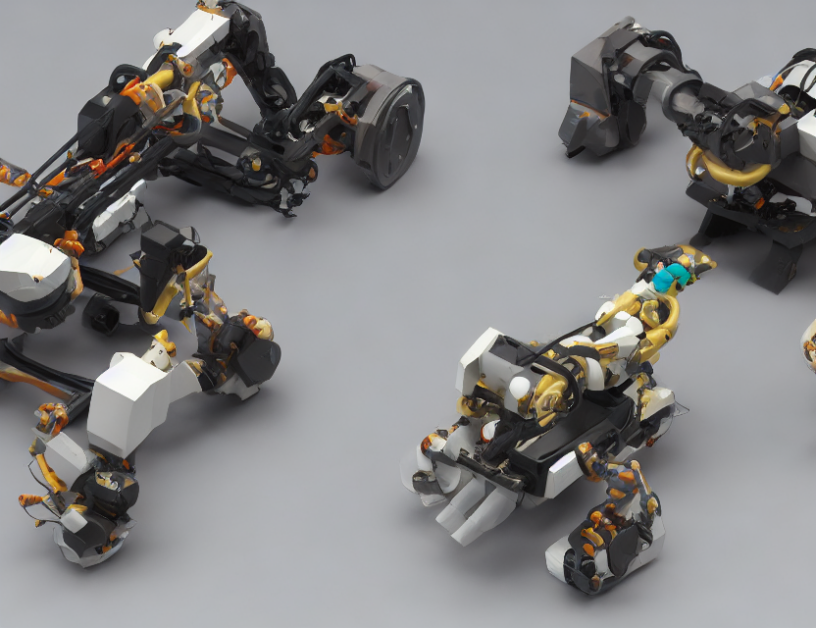In this article, we explore a novel approach to reconstructing signed distance fields (SDFs) for cloth meshes. SDFs are essential for simulating the behavior of cloth in various applications, such as computer-aided design, robotics, and video games. However, computing SDFs for cloth meshes is challenging due to their complex geometry and the need to account for penetration.
To address these issues, we propose a two-stage approach: first, we compute distance fields separately for each particle in the mesh, and then we determine the sign of each distance field based on whether the particle penetrates the mesh. This allows us to reconstruct an SDF that can accurately capture the geometry and material properties of the cloth.
To accelerate the process, we use spatial hashing to quickly identify nearest face pairs in the mesh. This reduces the computational complexity of the algorithm and makes it more efficient for large meshes.
Our approach is based on the idea of "thinking like a computer" and treating the cloth as a mathematical model that can be solved using computational methods. By breaking down the problem into smaller, manageable parts, we are able to reconstruct SDFs that accurately capture the complex geometry and material properties of cloth.
In summary, this article presents a novel approach to reconstructing signed distance fields for cloth meshes. Our method is based on computing distance fields separately for each particle in the mesh and then determining the sign of each distance field based on penetration. We also use spatial hashing to accelerate the process and make it more efficient for large meshes. This approach allows us to accurately capture the complex geometry and material properties of cloth, making it a valuable tool for various applications in computer-aided design, robotics, and video games.
Differentiable Simulation for Robotics: A Review



